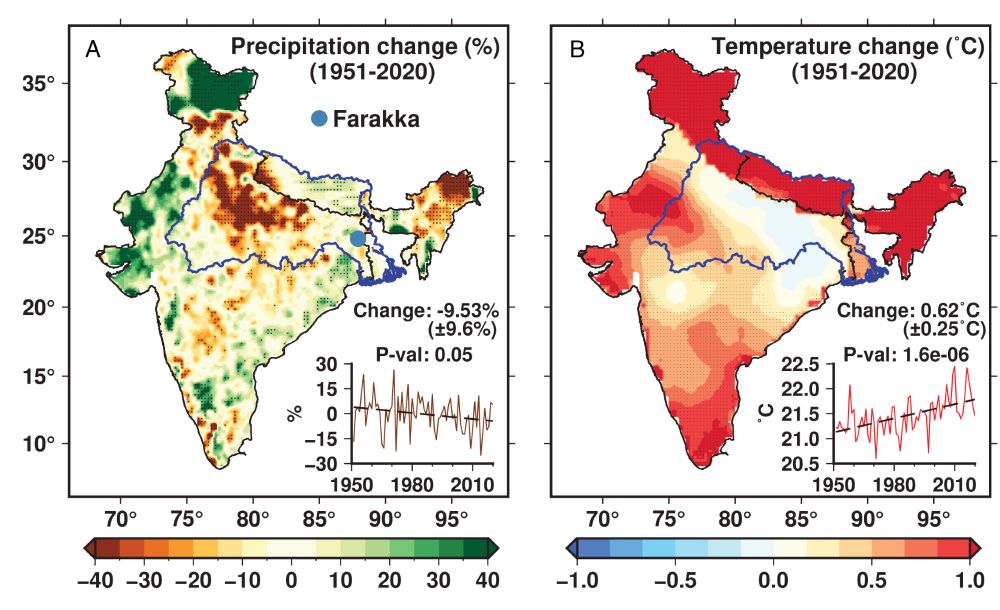Will Gray
@willerstorfi.bsky.social
1.2K followers
1.1K following
150 posts
Geochemistry/Paleoclimate, Research Scientist @ LSCE/IPSL, Paris
Posts
Media
Videos
Starter Packs
Reposted by Will Gray
Reposted by Will Gray
Reposted by Will Gray
Reposted by Will Gray
Reposted by Will Gray
Reposted by Will Gray
Reposted by Will Gray
Reposted by Will Gray
Reposted by Will Gray
Reposted by Will Gray
Reposted by Will Gray
Reposted by Will Gray
Andrew Yool
@dryool.bsky.social
· Aug 6

Plankton do not care: Minimal effects of ocean liming on plankton growth and grazing in the Eastern Mediterranean
Increasing CO2 emissions have led to the development of CO2 removal strategies to counteract ocean acidification. Among these, ocean alkalinity enhancement techniques, particularly ocean liming, may ...
aslopubs.onlinelibrary.wiley.com






















